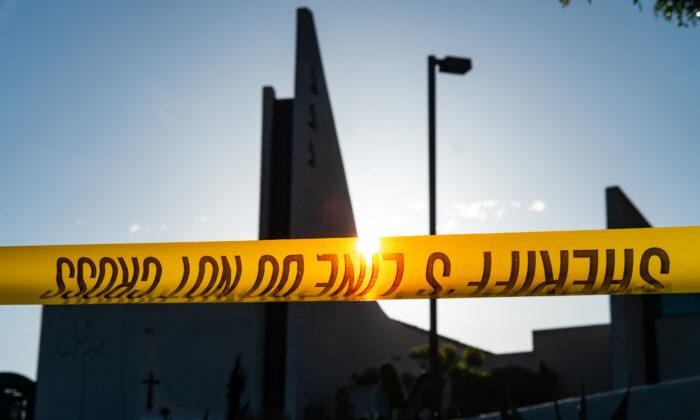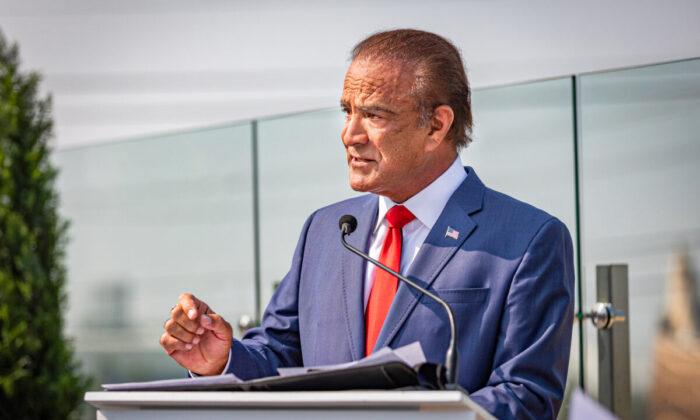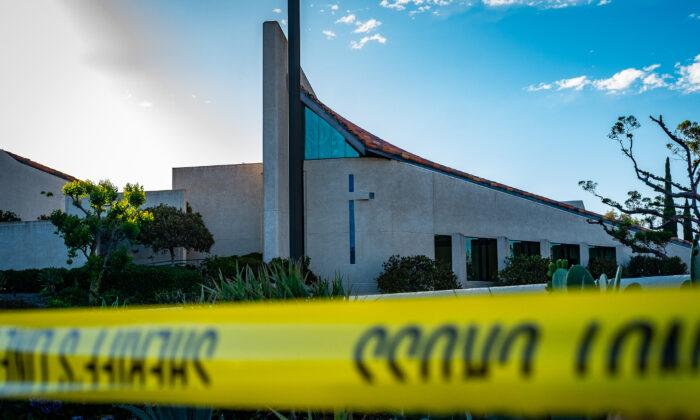California Gov. Gavin Newsom proposed to inject another $6.1 billion into a plan on Jan. 26 that will accelerate the state’s transition to zero-emission vehicles.
The funds will build upon the state’s $3.9 billion November 2021 investment in making electric vehicles more affordable while also investing in charging stations.
The proposal comes after Newsom pledged the state will “phase out” gasoline-powered cars by 2035.
The deadline is years away, but electric cars are reportedly one of California’s top exports, with the state representing half of the United States’ zero-emission vehicle market, according to the governor’s office.
The investment “provides $256 million for low-income consumer purchases” and $900 million to build more charging stations in low-income neighborhoods.
To ensure public transportation modes will also reach the 2035 goal, $1.5 billion will go toward electric school buses and other school transportation, $1.1 billion will support zero-emission trucks and buses, and $935 million will provide 1,000 zero-emission heavy-duty trucks.
Other funding will go toward ensuring transportation for individuals with “critical mobility needs” and creating projects that target “high carbon-emitting” industries, such as aviation, rail, and maritime.
The effort to move towards zero-emission cars is also a part of the state’s goal to combat climate change.
If the state reaches the 2035 benchmark, it is anticipated more than 35 percent of greenhouse gas emissions will be reduced and an 80 percent improvement in oxides in nitrogen emissions, according to the governor’s office.
“To achieve California’s climate goals we must focus on the needs of the most polluted and underserved neighborhoods,” Vice President of Policy at The Greenlining Institute Alvaro Sanchez said in a statement.




